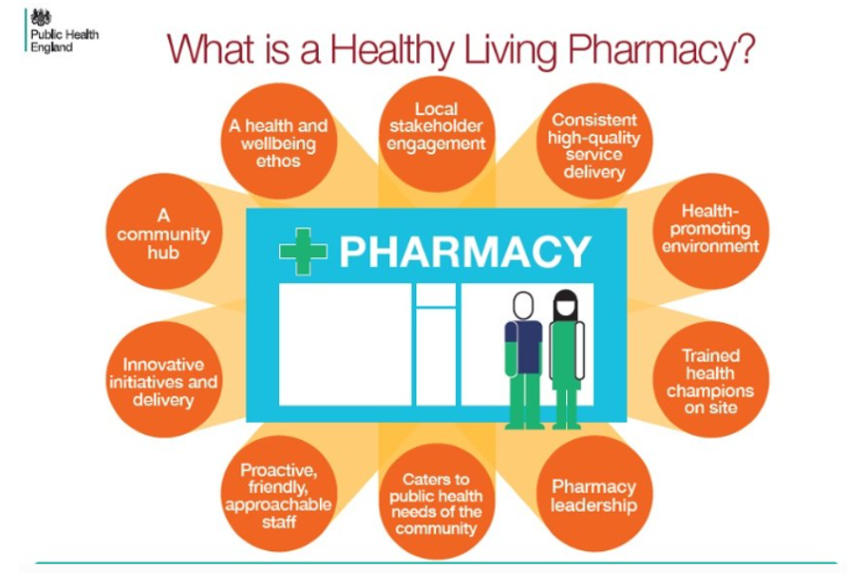Cancer
Cancer is a large group of diseases that can start in almost any organ or tissue of the body when abnormal cells grow uncontrollably, go beyond their usual boundaries to invade adjoining parts of the body and/or spread to other organs. Some cancers are specific to woman. Cancers that start in the female reproductive system are called gynaecological cancers. These cancer types can affect women, some transgender men and non-binary people assigned female at birth.
The treatment needed depends on where the cancer started. Knowing the different types of cancer means you can give the correct information and support to your patients / customers. There is lots of useful information covering gynaecological cancers on the women's cancer part of the Cancer Research UK website.
There are 6 types of gynaecological cancers including:
- Cervical cancer is when abnormal cells in the lining of the cervix grow in an uncontrolled way. The cervix is part of the female reproductive system.
- Womb cancers usually start in the lining of the womb. They are also called uterine or endometrial cancers. The womb is the pear-shaped muscular bag that holds a baby during pregnancy. The most common type of womb cancer and also the most common gynaecological cancer is Endometrial Cancer. Around 10,000 new cases are diagnosed each year in the UK with Endometrial cancer.
- Vaginal cancer is very rare. It starts in the vagina and is more common in older women.
- Vulval is another rare cancer. It can start in any part of the female external sex organs, the vulva.
- Ovarian cancer is when abnormal cells in the ovary grow in uncontrolled ways. There are different types of ovarian cancer. The type depends on the type of cell the cancer started in.
- Fallopian tube cancer is similar to ovarian cancer and doctors treat it in much the same way. It starts in the fallopian tubes which connect the ovaries to the womb. Although figures show that fallopian tube cancer is rare, doctors now think that many of the most common type of epithelial ovarian cancers (the high-grade serous types) actually start in the far end of the fallopian tube, rather than the surface of the ovary.
What can the community pharmacy do?
Nobody is saying that the community pharmacy is the best place to go to for gynaecological cancer support or treatment but there is still a lot that the community pharmacy can do holistically because patients' usually have a lot of faith and trust in their local pharmacy. Also, community pharmacies are situated in high street locations, in neighbourhood centres, in supermarkets and in the heart of the most deprived communities. Many are open long hours when other health care professionals are unavailable so there is often good accessibility for patients. There are several different types and sizes of community pharmacies, ranging from the large chains with shops on every High Street or in edge of town supermarkets, to small individually owned pharmacies in small communities, in the suburbs and often in deprived areas or rural settings.
Community pharmacy teams are also often willing to spend time with patients, answering questions and providing guidance on their medications. They can also provide medication reviews to ensure that patients are taking their medications both safely and effectively. This level of personalisation can be especially valuable if they have multiple medications or a chronic condition that requires careful management e.g., Gynaecological cancers.
Pharmacies can go one stage further and encourage health promotional activities. Women's health and raising awareness of Gynaecological Cancers are no exceptions. A Healthy Living Pharmacy is a community pharmacy that moves away from being just a supplier of medicines to become a Healthy Living Centre providing health promotion, self-care advice and treatment for common ailments and healthy lifestyle interventions, in addition to providing the safe supply and use of prescribed medicines. The objective of Healthy Living Pharmacies is to create teams that are aware of local health issues and are consistently demonstrating they are promoting healthy lifestyles by tackling the health problems their populations face head on.



